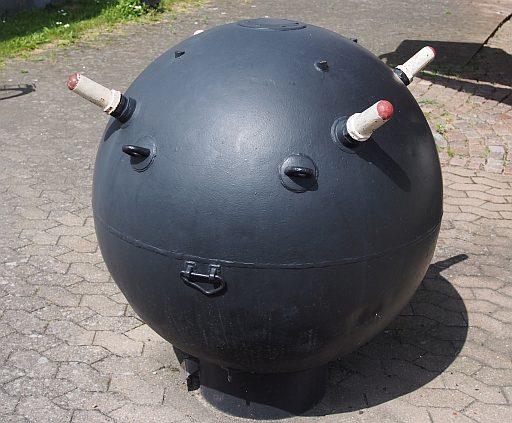
Despite being banned by the Hague Convention 1907, drifting mines have become nowadays an increasingly dangerous threat. By definition, those naval mines are floating on the surface or close to the surface of the sea. The MCM capabilities developed until now are ill-suited to detect such mines in operational conditions. Drifting mines put hence significant stress and work effort on Mine CounterMeasures (MCM) vessels, even for a few mines.
In this collaboration project with UGent, Exail Robotics Belgium, and Naval Group Belgium, we will capture key performance data for detecting drifting mines in various operational conditions. The project includes preliminary design of an operational drifting mine detection solution. The project is complementary to the remote MCM capability, as it will explore new sensor technologies, and sensor fusion algorithms which are absent from the remote MCM program.
The main outputs of this project are on the one hand a selection of sensors and post-processing algorithms, with quantitative detection performance metrics and on the other hand a collection of a test data set related to drifting mines. This dataset will be obtained first during an on-shore test campaign in controlled conditions, in order to preselect the most promising sensors and algorithms. Then, in a second step, an off-shore test campaign will be conducted together with the BE-Navy to demonstrate performances in operational conditions.

